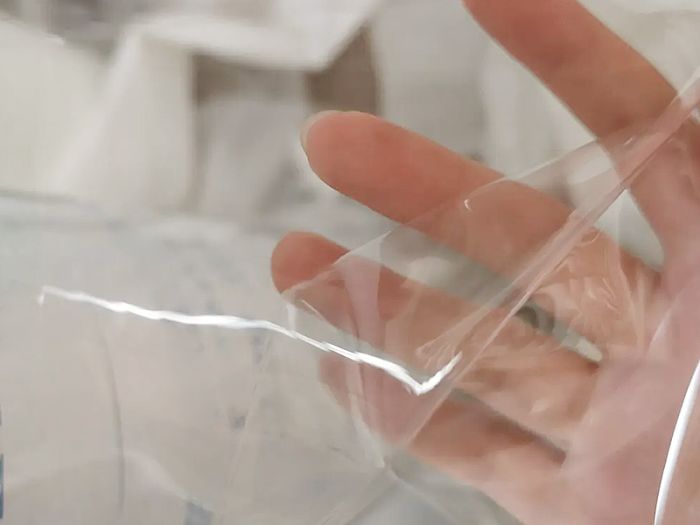Technical requirements and methods for packing and sealing of three types of medical devices
Technical Requirements for Class III Medical Device Packaging Sealing
Sterility
Class III medical devices typically require packaging in a sterile environment. The sealing area must meet sterile requirements to prevent microbial contamination.
Sealing Integrity
The seal must exhibit excellent hermetic properties to prevent leakage during transportation, storage, and use, thereby maintaining the sterile internal environment.
Mechanical Strength
The seal must be robust and reliable, capable of withstanding external forces without rupture or detachment to ensure product integrity.
Traceability
Advanced sealing equipment may incorporate traceability features, recording and storing critical parameters and data during the sealing process to facilitate quality control and issue resolution.
Methods for Class III Medical Device Packaging Sealing
Heat Sealing
Heat sealing is one of the most widely used methods for medical device packaging. It involves heating the material at the seal area to melt and bond it, achieving an effective seal.
Conclusion
Packaging sealing for Class III medical devices is critical to ensuring product sterility, safety, and efficacy. By optimizing sealing processes, selecting appropriate materials and molds, and enhancing sterility control measures, the quality of packaging seals can be significantly improved. This ensures safer and more effective medical devices for patients.



.jpg)